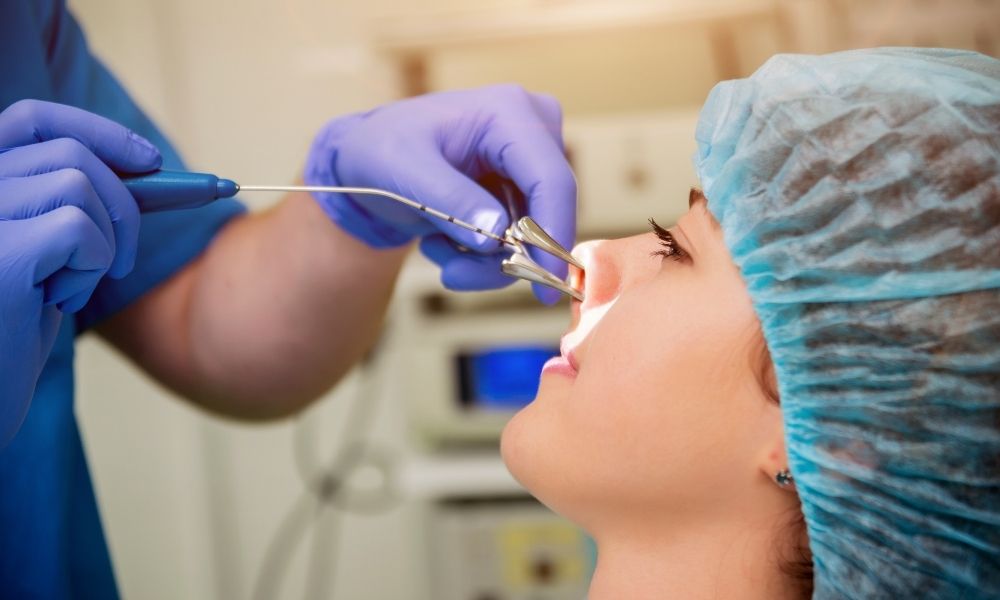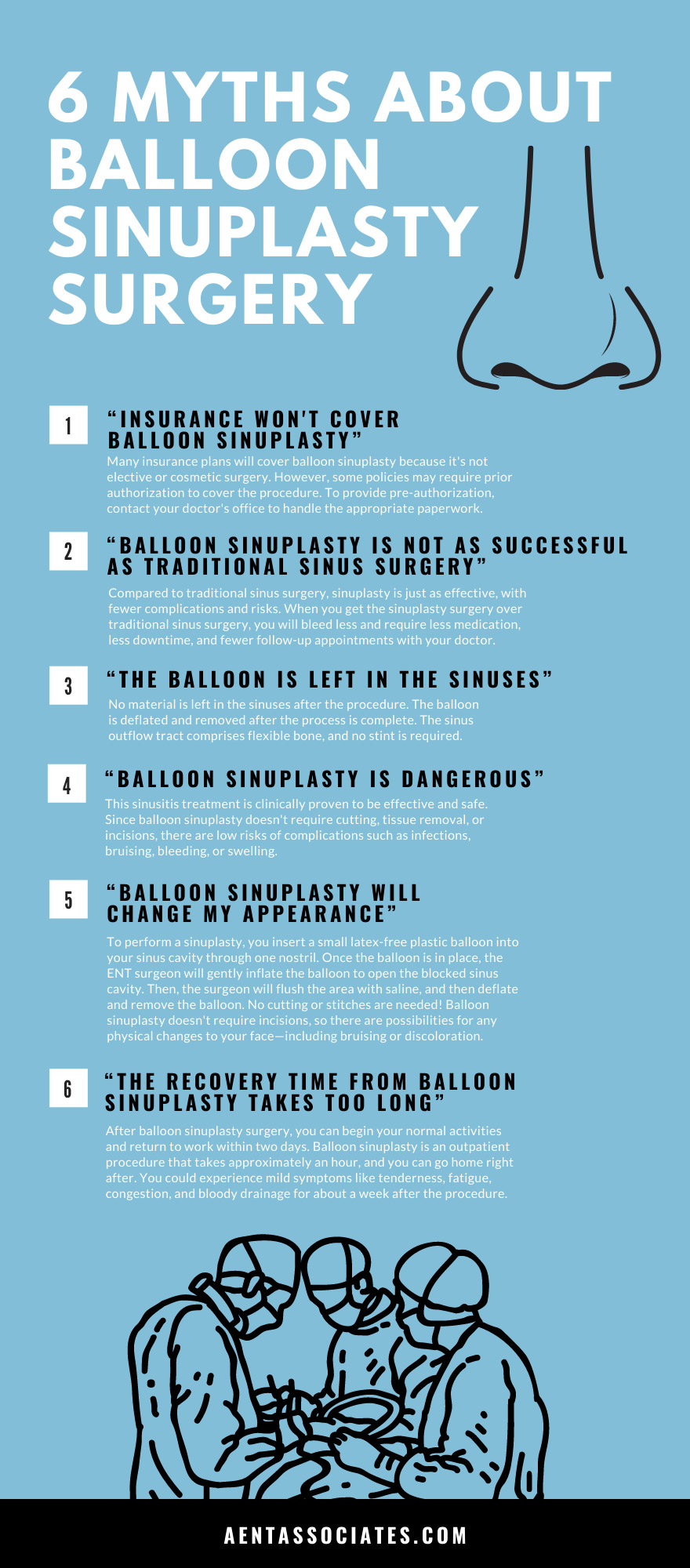
Sinusitis is one of the most common chronic conditions in the United States. You can develop this condition when your sinuses become inflamed and swollen. Your sinuses are the spaces behind your eyes, nose, and lower forehead. You can develop sinusitis because of a temporary infection, such as a cold or flu. However, sinusitis can last for at least three months. When dealing with sinusitis, you can experience a range of symptoms, including:
- Fatigue
- Bad breath
- Dizziness
- Toothache
- Runny nose
- Reduced sense of smell and taste
- Facial pain and pressure
- Pain in your ear, upper jaw, or teeth
- Pain, inflammation, and tenderness near your nose, eyes, cheeks, or forehead
- Thick and discolored nasal discharge
- Difficulty breathing through your nose
Living with sinusitis can make your daily life miserable, and when basic treatments fail to ease your symptoms, you start to wonder what else can you do. Remedies for sinusitis can vary depending on the severity of your sinusitis and whether it’s a chronic condition.
If your infection is acute, saline washes and nasal sprays are a way to relieve inflammation and cleanse your nasal passages. If your situation is more severe, you should consider inquiring about balloon sinuplasty surgery.
At Allergy & ENT Associates, we offer the highest quality ear, nose, and throat services in the Houston area, such as balloon sinuplasty surgery.
We will provide the benefits of balloon sinuplasty, debunk six myths about balloon sinuplasty surgery, and give tips for the before and after the process to help you make informed decisions about your condition.
Before we debunk myths, there are many benefits to consider when thinking about balloon sinuplasty surgery.
Who would be the best candidate for balloon sinuplasty surgery? The ideal candidates for sinuplasty include:
- Patients that have recurring or chronic sinusitis
- Patients who have sinus infections that don’t respond to medication or other treatments
- Patients who have sinus infections that occur without allergies
- Patients who have recurring sinus infections after traditional sinus surgery
Patients with structural issues like a deviated septum are still good candidates for this procedure.
If those symptoms sound familiar to you, then you could be a prime candidate for balloon sinuplasty. If you’re suffering from the uncomfortable symptoms of sinusitis, you should consider sinuplasty over traditional sinus surgery to ensure a more manageable and efficient process.
Here are some reasons you should consider the procedure.
- The procedure treats headaches around your eyes and reoccurring sinus infections.
- You go home the same day as your procedure.
- You can return to your routine after a week. On average, a balloon sinuplasty procedure can provide over two years of sinus relief.
Sadly, because this procedure is relatively new, many misconceptions exist and scare potential candidates away. Here are six myths about balloon sinuplasty surgery.
“Insurance Won’t Cover Balloon Sinuplasty”
Many insurance plans will cover balloon sinuplasty because it’s not elective or cosmetic surgery. However, some policies may require prior authorization to cover the procedure. To provide pre-authorization, contact your doctor’s office to handle the appropriate paperwork.
“Balloon Sinuplasty Is Not as Successful as Traditional Sinus Surgery”
Compared to traditional sinus surgery, sinuplasty is just as effective, with fewer complications and risks. When you get the sinuplasty surgery over traditional sinus surgery, you will bleed less and require less medication, less downtime, and fewer follow-up appointments with your doctor.
“The Balloon Is Left in the Sinuses”
No material is left in the sinuses after the procedure. The balloon is deflated and removed after the process is complete. The sinus outflow tract comprises flexible bone, and no stint is required.
“Balloon Sinuplasty Is Dangerous”
This sinusitis treatment is clinically proven to be effective and safe. Since balloon sinuplasty doesn’t require cutting, tissue removal, or incisions, there are low risks of complications such as infections, bruising, bleeding, or swelling.
“Balloon Sinuplasty Will Change My Appearance”
To perform a sinuplasty, you insert a small latex-free plastic balloon into your sinus cavity through one nostril. Once the balloon is in place, the ENT surgeon will gently inflate the balloon to open the blocked sinus cavity. Then, the surgeon will flush the area with saline, and then deflate and remove the balloon. No cutting or stitches are needed! Balloon sinuplasty doesn’t require incisions, so there are possibilities for any physical changes to your face—including bruising or discoloration.
“The Recovery Time From Balloon Sinuplasty Takes Too Long”
After balloon sinuplasty surgery, you can begin your normal activities and return to work within two days. Balloon sinuplasty is an outpatient procedure that takes approximately an hour, and you can go home right after. You could experience mild symptoms like tenderness, fatigue, congestion, and bloody drainage for about a week after the procedure.
If you wish to get rid of your sinusitis symptoms and you’re considering balloon sinuplasty, here’s what to expect before and after the surgery.
Pre-Procedure Tips
- Abstain from alcoholic beverages for two weeks before your procedure. Alcohol can dilate your blood vessels, potentially leading to bleeding and inflammation.
- Our surgeons may advise you to hold off on painkillers (Advil or Aspirin), herbal supplements, and Vitamin E because they can increase the chances of bleeding during and after surgery. Contact your doctor before surgery if you’re taking prescription blood thinners.
- Smoking before surgery can lead to a slower healing process and tissue scarring.
Recovery and After-Care Tips
- Sleep with your upper body elevated to decrease congestion.
- Relax and avoid intense physical activity for about two weeks to ensure faster healing.
- Apply an ice pack over the nose and cheeks to prevent nasal bleeding. Tilt your head up with sitting and breathe gently through your nose.
- Don’t blow your nose for at least 12 hours after surgery. If your congestion is too uncomfortable, sniff gently and spit into a tissue.
- Use the pain medication and rinsing methods provided by your doctor.
Although the balloon sinuplasty is a newer treatment, many patients with sinusitis consider it a quick and effective treatment with minimal discomfort and recovery. Our ENT Surgeons can perform this outpatient procedure in an office setting under local anesthesia. Contact us at (713) MY-SINUS or (713) 697-4687 to speak to one of our ENT specialists and make an appointment.




